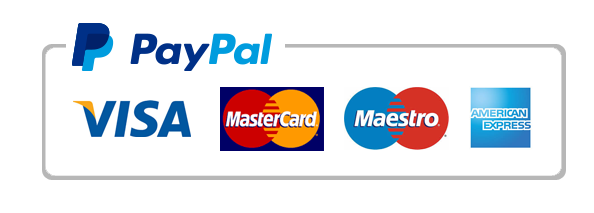odc4
Primary Task Response: Within the Discussion Board area, write 400–600 words that respond to the following questions with your thoughts, ideas, and comments.
This will be the foundation for future discussions by your classmates.
Be substantive and clear, and use examples to reinforce your ideas. Continue developing your Organizational Change Action Plan.
Based upon the course readings, supplementary materials, and your own literature search via the CTU online library, discuss the following:
How is the systems dynamics model to leverage used in decision making?
Provide at least 2 scholarly resources to support your response. Use the LIBRARY or the MGMT Doctoral Library for help.

